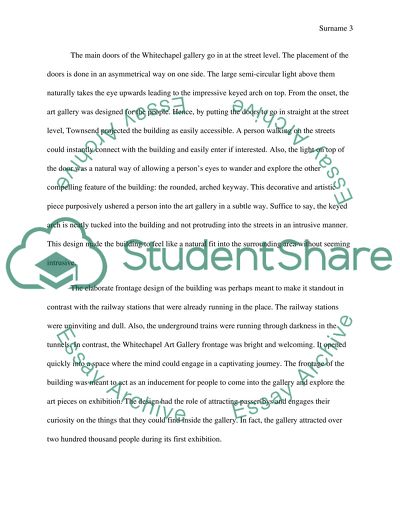Cite this document
(“Discuss the role of craft and decoration in C.H. Townsend's Essay”, n.d.)
Retrieved from https://studentshare.org/architecture/1462197-discuss-the-role-of-craft-and-decoration-in-ch
Retrieved from https://studentshare.org/architecture/1462197-discuss-the-role-of-craft-and-decoration-in-ch
(Discuss the Role of Craft and Decoration in C.H. Townsend'S Essay)
https://studentshare.org/architecture/1462197-discuss-the-role-of-craft-and-decoration-in-ch.
https://studentshare.org/architecture/1462197-discuss-the-role-of-craft-and-decoration-in-ch.
“Discuss the Role of Craft and Decoration in C.H. Townsend'S Essay”, n.d. https://studentshare.org/architecture/1462197-discuss-the-role-of-craft-and-decoration-in-ch.


